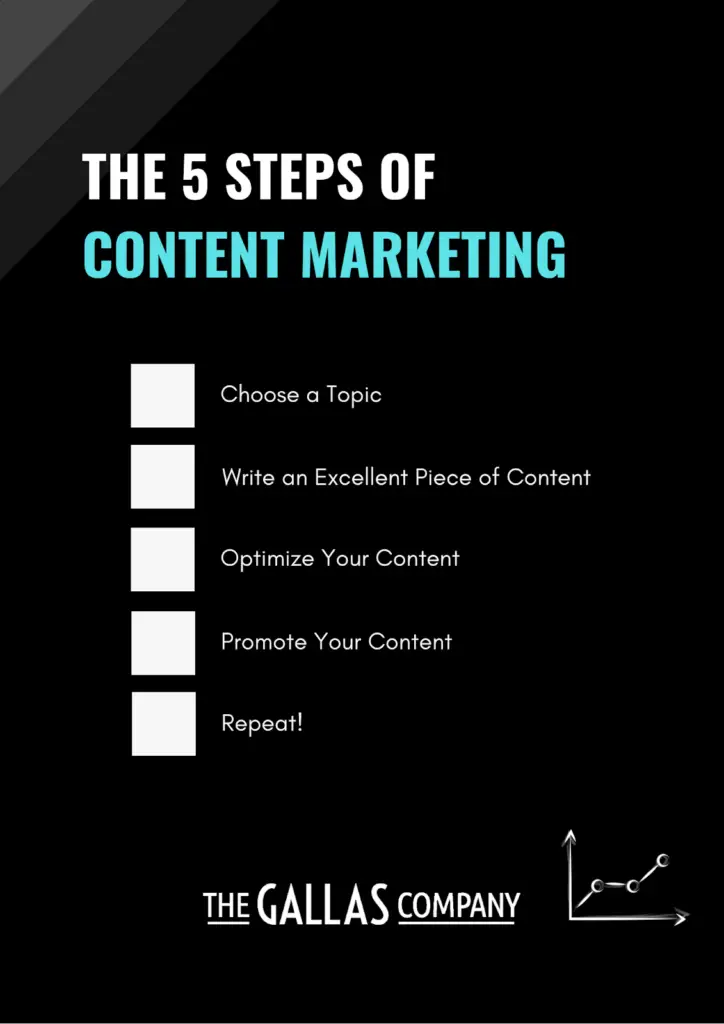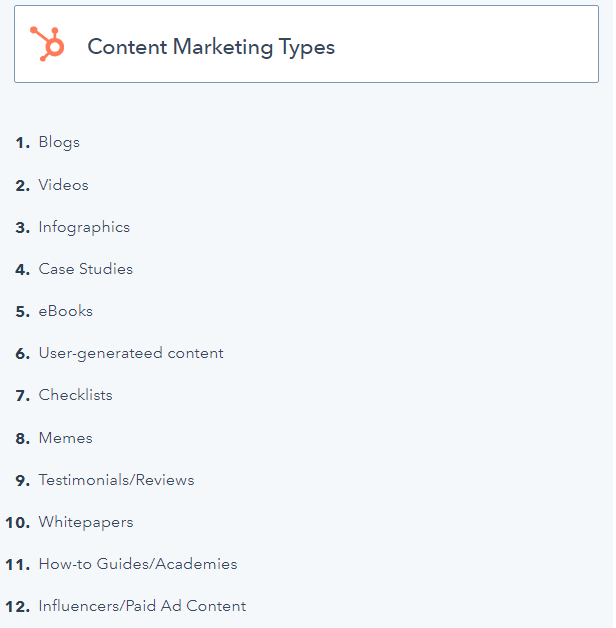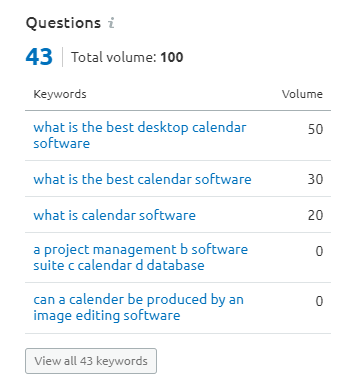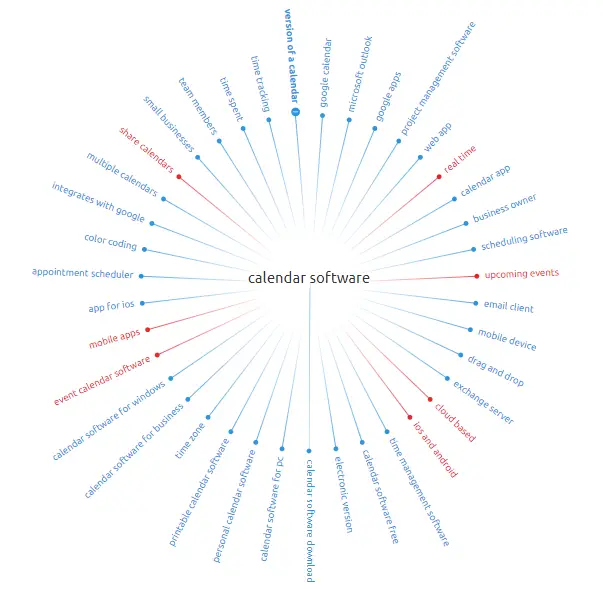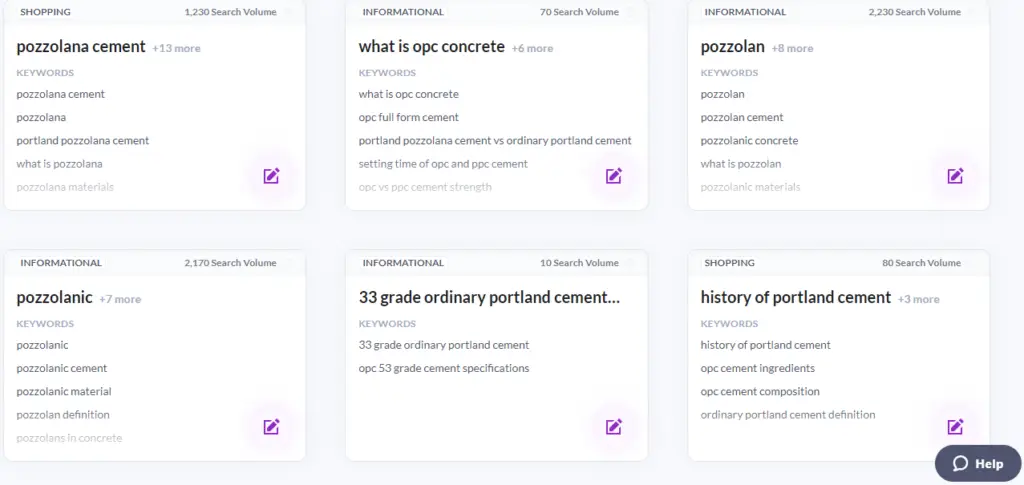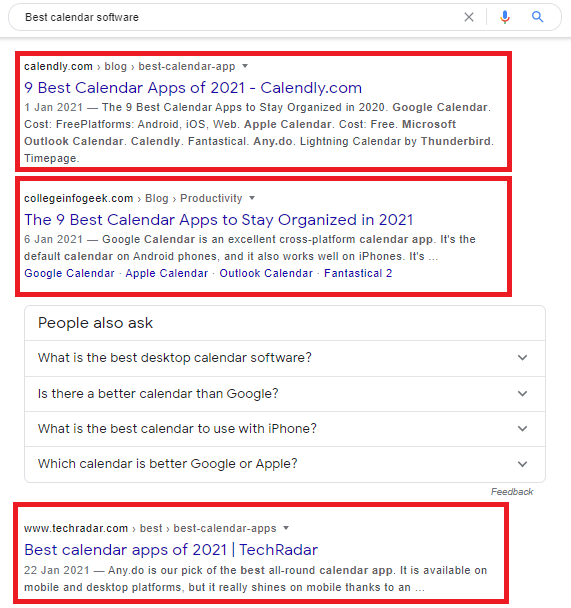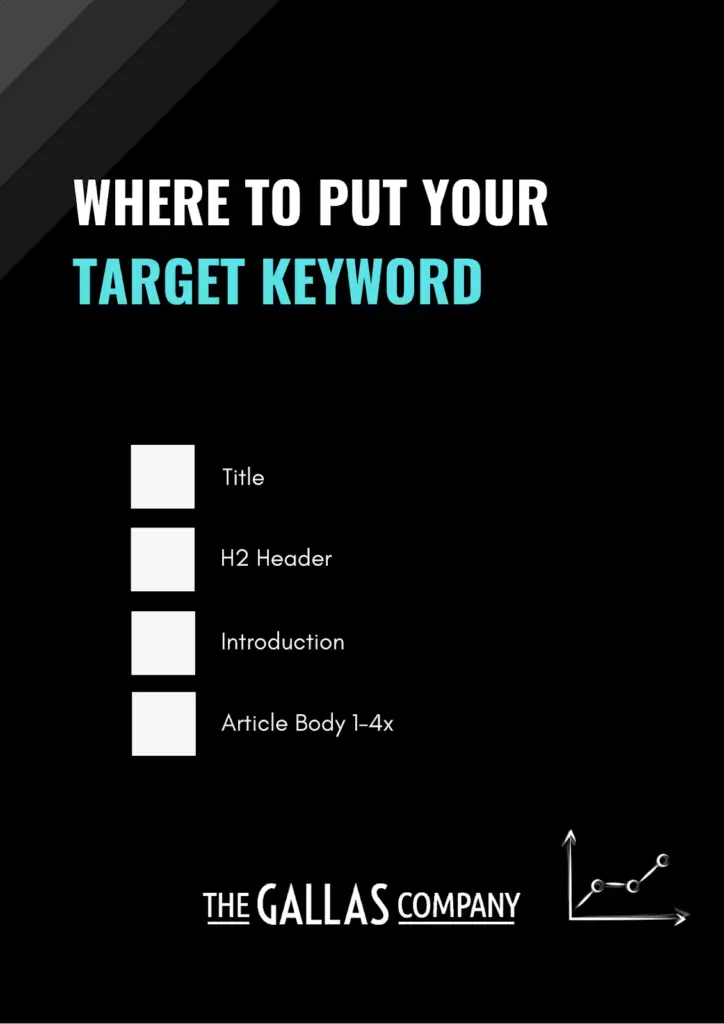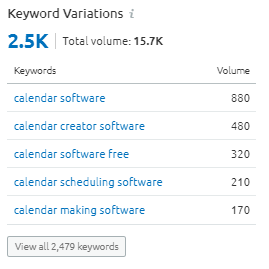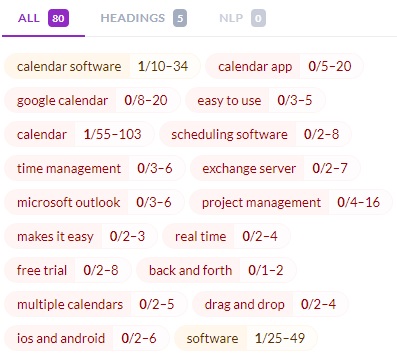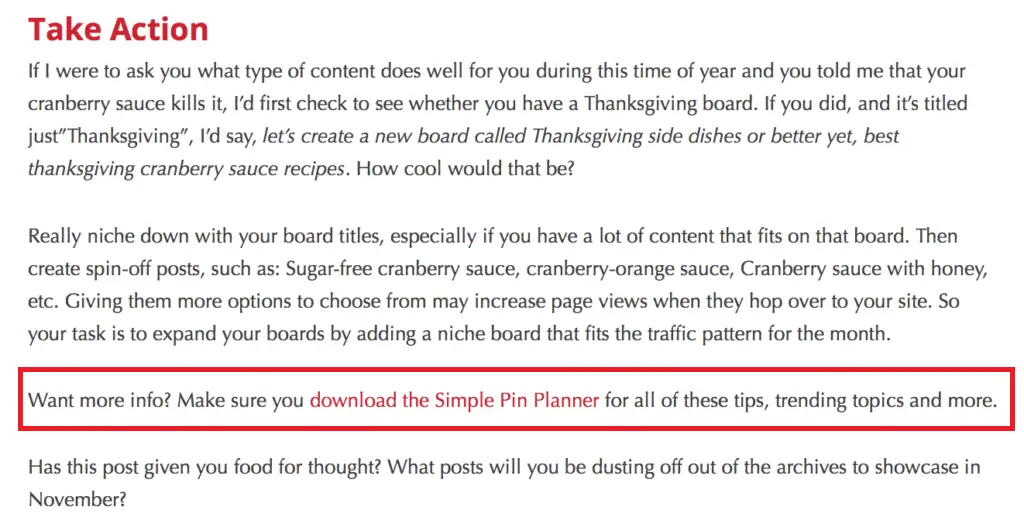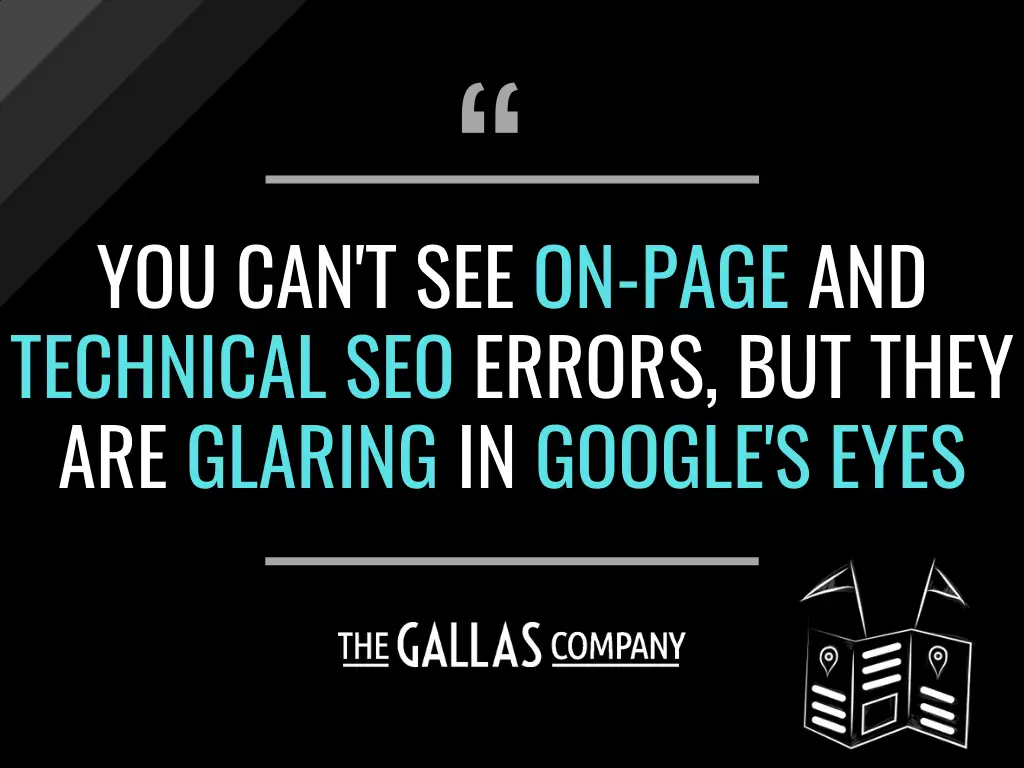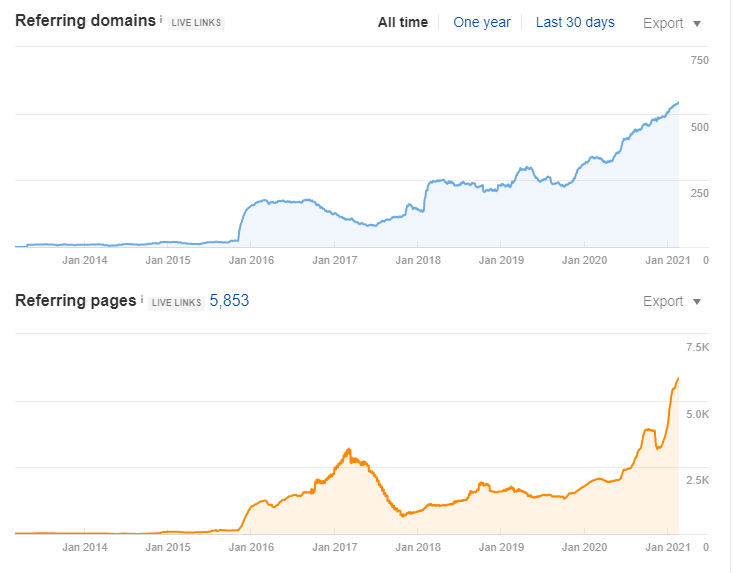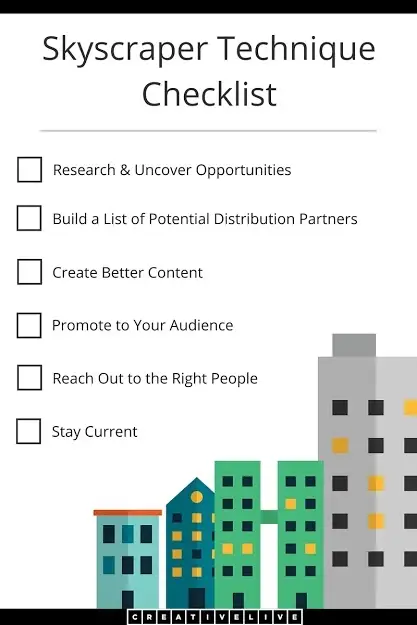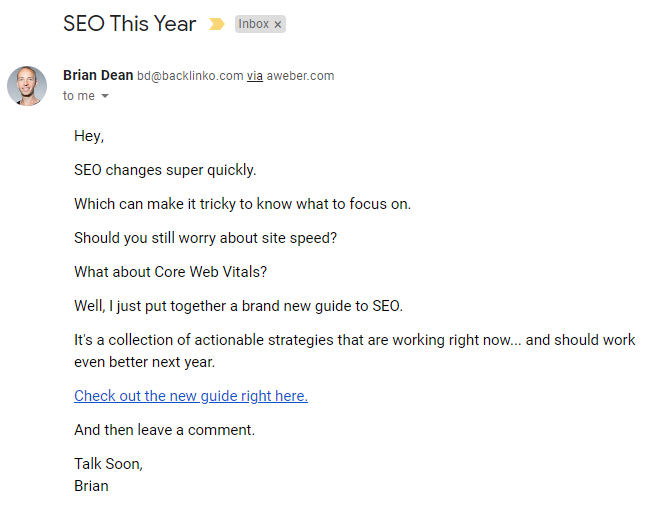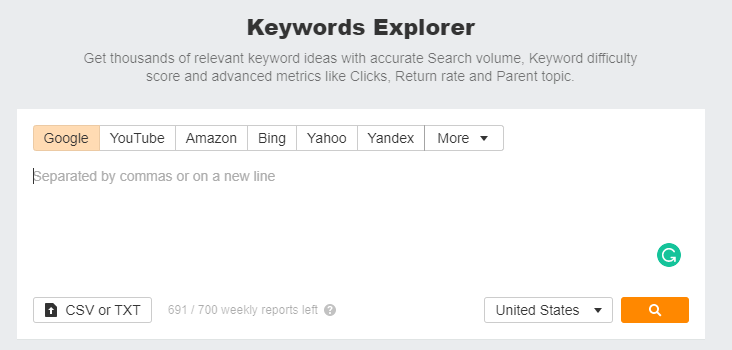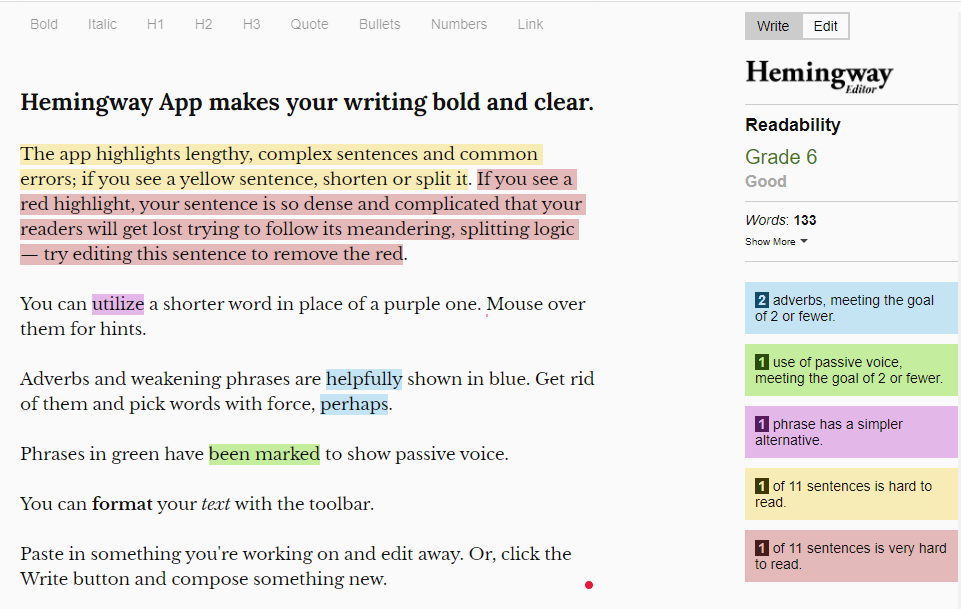Face it:
There’s no way you can do content marketing all by yourself and run the day to day business.
While you don’t necessarily need a full in-house marketing team, you will need to outsource some of the tasks.
You can give some tasks to an employee. Or, you could hire a professional to get even better results.
Whatever you choose, here are the responsibilities you need to fill out:
Strategist
Also known as a project manager, the content strategist will have a bird’s eye view of the whole operation.
A content strategist should know what the end goal is, exactly how he’s going to get there, and everything that’s going on with the progress.
As the owner of your company, you could do this yourself.
Writer
Like we said, content creation is NOT easy.
If the actual written content is mediocre, your entire content marketing strategy won’t work.
That’s why it pays to have a professional writer on your team.
Editor
Even the best writers make mistakes!
Having a designated editor is a great way to catch errors and polish up the article before publishing.
This is another thing you can do yourself, reading what was written, then approving to push it through to your site.
Or, if you want to be extra careful, you can hire a professional editor.
Graphic Designer
Graphics are an essential part of good content.
Without graphics, even the most useful articles can get boring very quickly.
That’s why you must have an excellent graphic designer on board.
If you don’t have one, you should at least have someone who can find and add relevant pictures to your article.
Video Editor
On the same note, videos significantly boost your content.
A good video editor can take boring concepts and turn them into fascinating videos that captivate your audience.
That’s why if you’re serious about your content marketing efforts, having someone to make videos for you is a great idea.
Web Developer
A good web developer is an absolute must-have.
There’s no way your content marketing strategy will work without one.
Plus, these guys can help you with your technical SEO.
Web developers have skills that no one else has. Having one on your team is absolutely necessary.
Link Builder
Link building is a task that is not exactly difficult, but, as we said before, it can get very tedious.
That’s why having someone whose role is to research, outreach, and build links to your content will be a HUGE help.
Summary
For a successful content marketing campaign, you need a:
- Content strategist
- Writer
- Editor
- Graphic designer
- Video editor
- Web developer
- Link builder
Ideally, you’d have a professionals to fill all of these roles. But let’s be realistic, that’s going to cost you a TON of money.
If you want all of these but don’t have the budget, you can get it all with our Partnered Marketing services. Find out more here.





